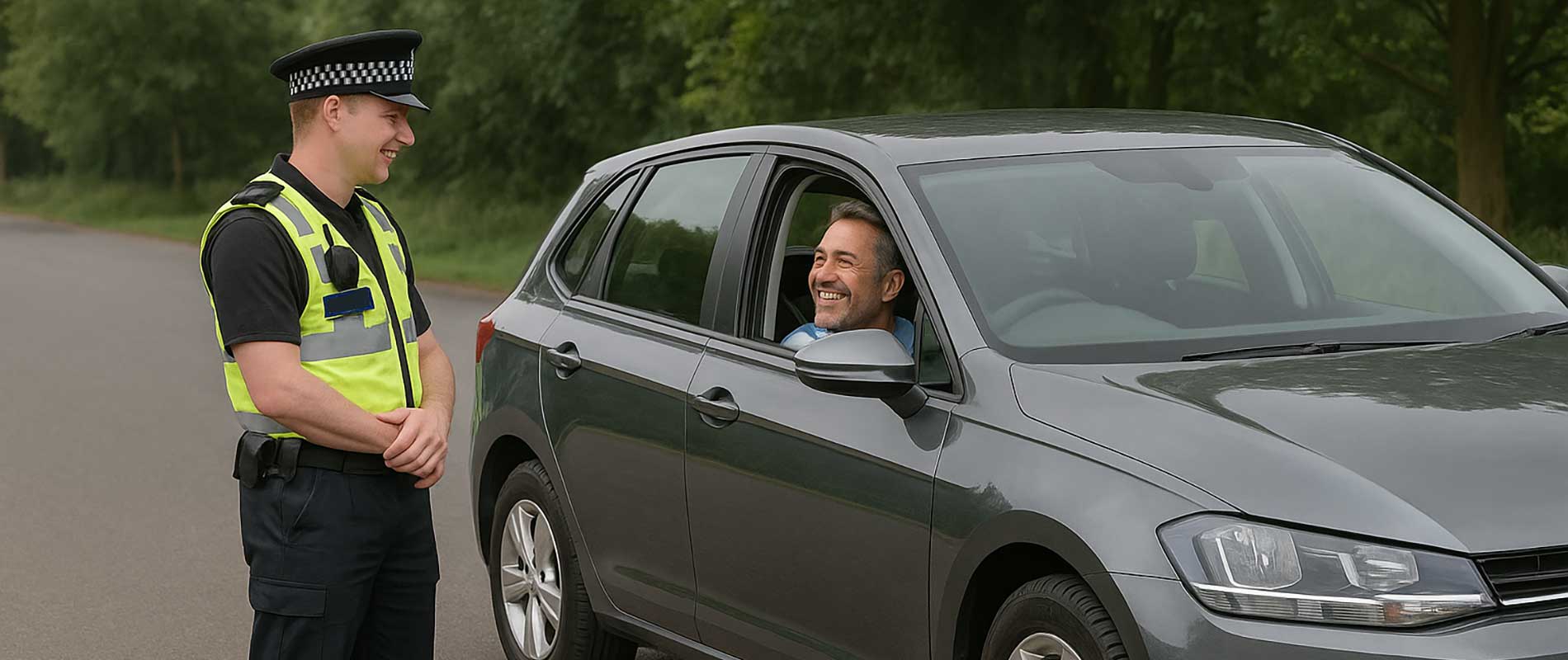After a driving conviction, it can feel like every insurer views you through a single lens; risk. The quotes rise, the questions multiply, and even the simplest renewal feels awkward. Yet trust can be rebuilt, and risk can be reduced. It takes steady effort rather than dramatic gestures, but every small decision counts towards changing how insurers see you.
The first step is honesty. It sounds simple, but many people try to soften or skip details, hoping for a cheaper quote. Insurers check your record through official databases, so there’s no hiding what’s on file. Being open about your conviction and how you’ve moved forward sets the tone. It shows accountability, and that’s the starting point of trust.
Next, focus on your current driving behaviour. Safe, consistent habits are the surest way to demonstrate change. Avoid speeding, keep your vehicle roadworthy, and handle every journey as though your record depends on it; because in many ways, it does. Over time, each year without incident proves far more persuasive than any written explanation.
Consider taking a voluntary driving or safety course. These aren’t just for learners or offenders; they show initiative and commitment. A short advanced-riding or defensive-driving course can give you a fresh perspective and practical skills to prevent future issues. Insurers notice when someone invests effort to improve their knowledge and confidence behind the wheel.
Choosing the right cover also helps. Rather than chasing the lowest premium, look for a balanced policy that fits your needs. A slightly higher excess, combined with sensible cover, can show that you understand and manage your responsibilities. Continuous insurance with no gaps is another quiet signal of stability that insurers value.
Your vehicle choice matters too. Opt for a practical model in a lower insurance group and keep it secure; garage storage, alarms, and trackers all count. Every reduction in risk adds up, and the savings often surprise people once those factors are considered together. It’s not about downgrading, but about showing practical judgment.
Telematics insurance, sometimes called black-box cover, can accelerate this process. It records how you drive; speed, braking, cornering; and builds a profile of safe habits. For drivers recovering from a conviction, it’s one of the most direct ways to demonstrate change. If the data shows you’re careful, the premiums follow suit.
Beyond the technical steps, attitude plays a part. Stay polite and patient when speaking to brokers or insurers. They deal with hundreds of cases each week and can spot sincerity easily. A calm, cooperative tone and well-kept paperwork leave a far stronger impression than frustration or excuses ever could.
Rebuilding trust takes time, but it happens quietly through consistent behaviour. Each renewal without incident, each verified year of clean driving, chips away at the past and replaces it with proof of reliability. Before long, you’ll no longer be seen as a high-risk driver; just another careful motorist who learned, adapted, and earned their place back on the road.

